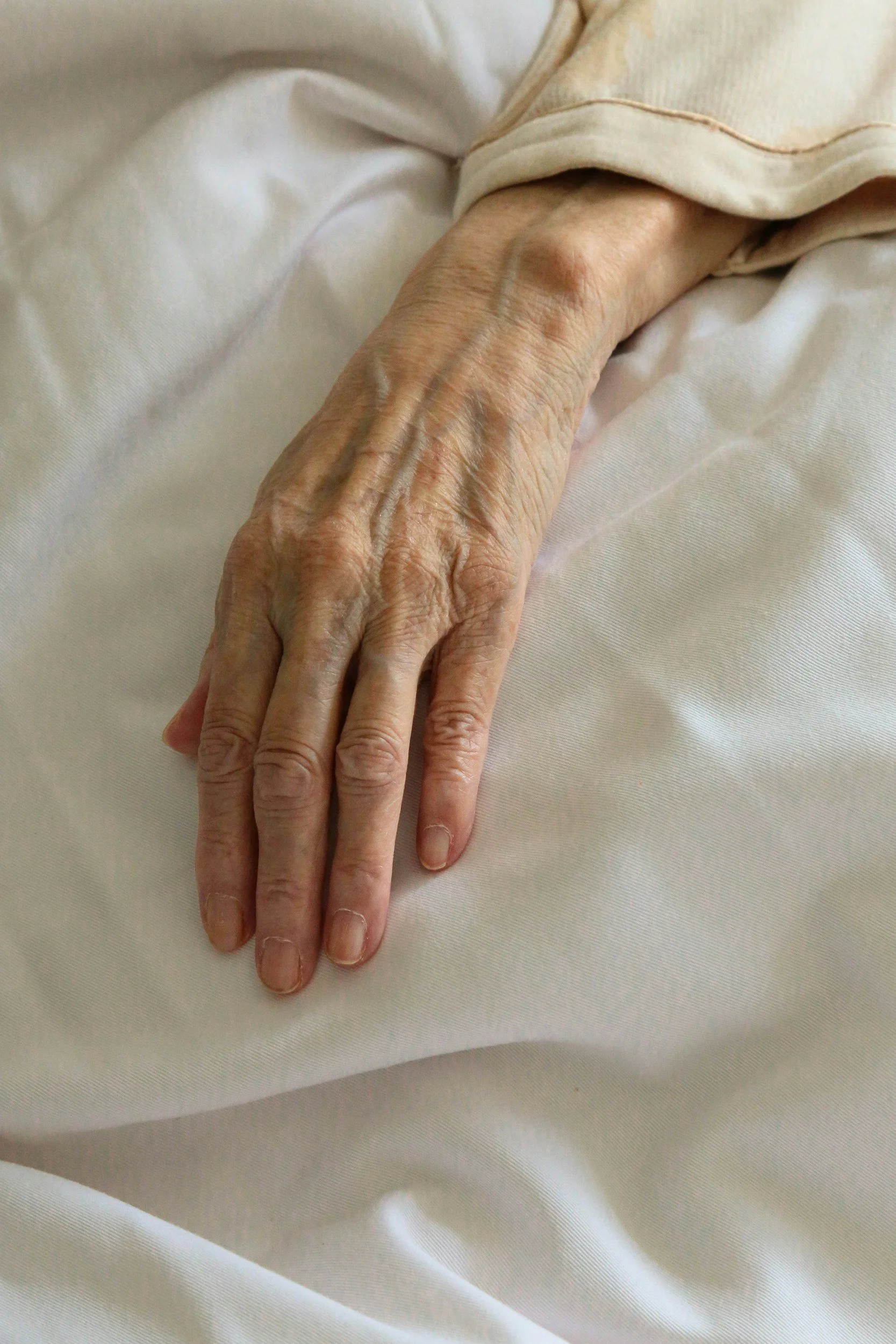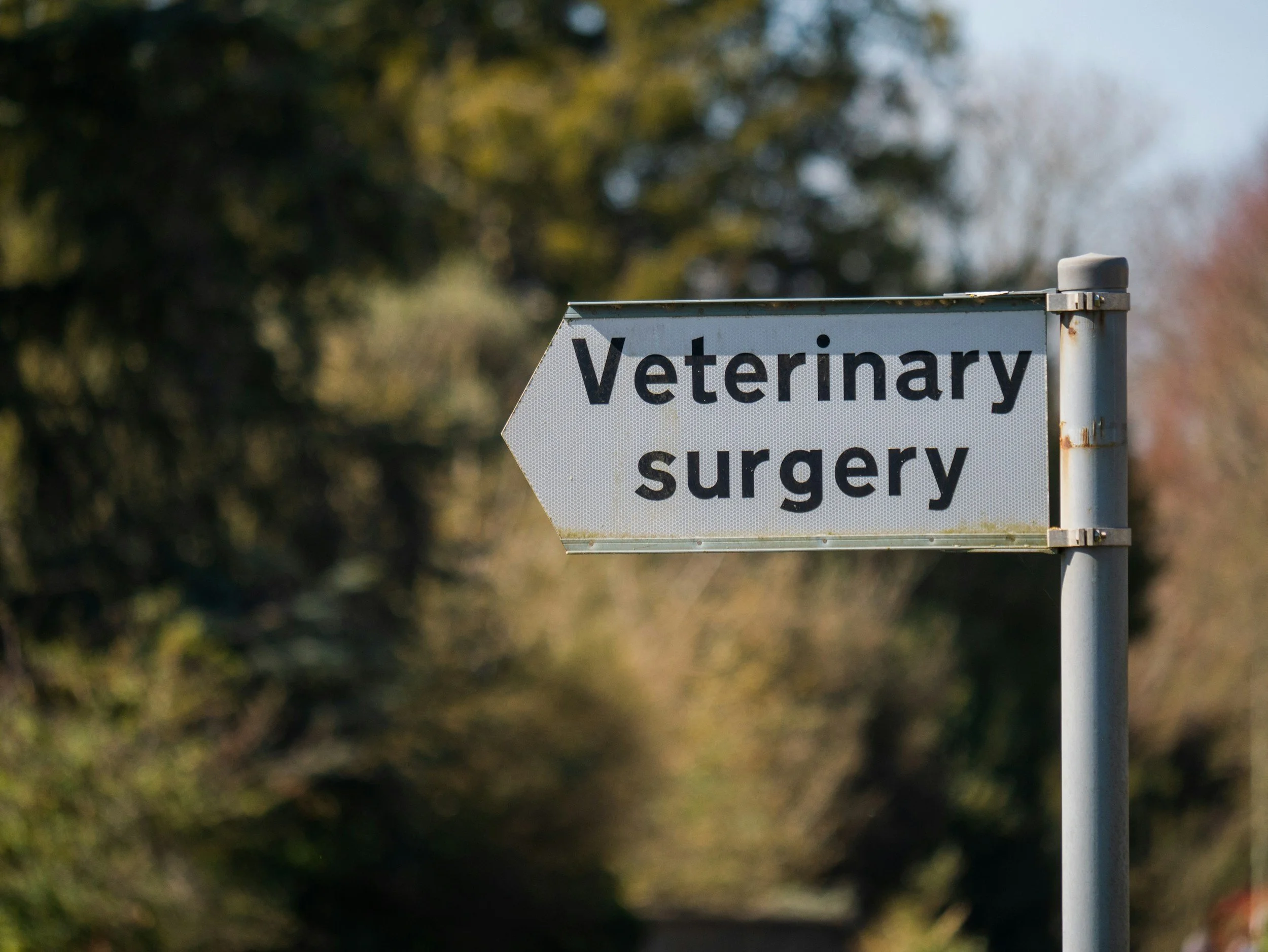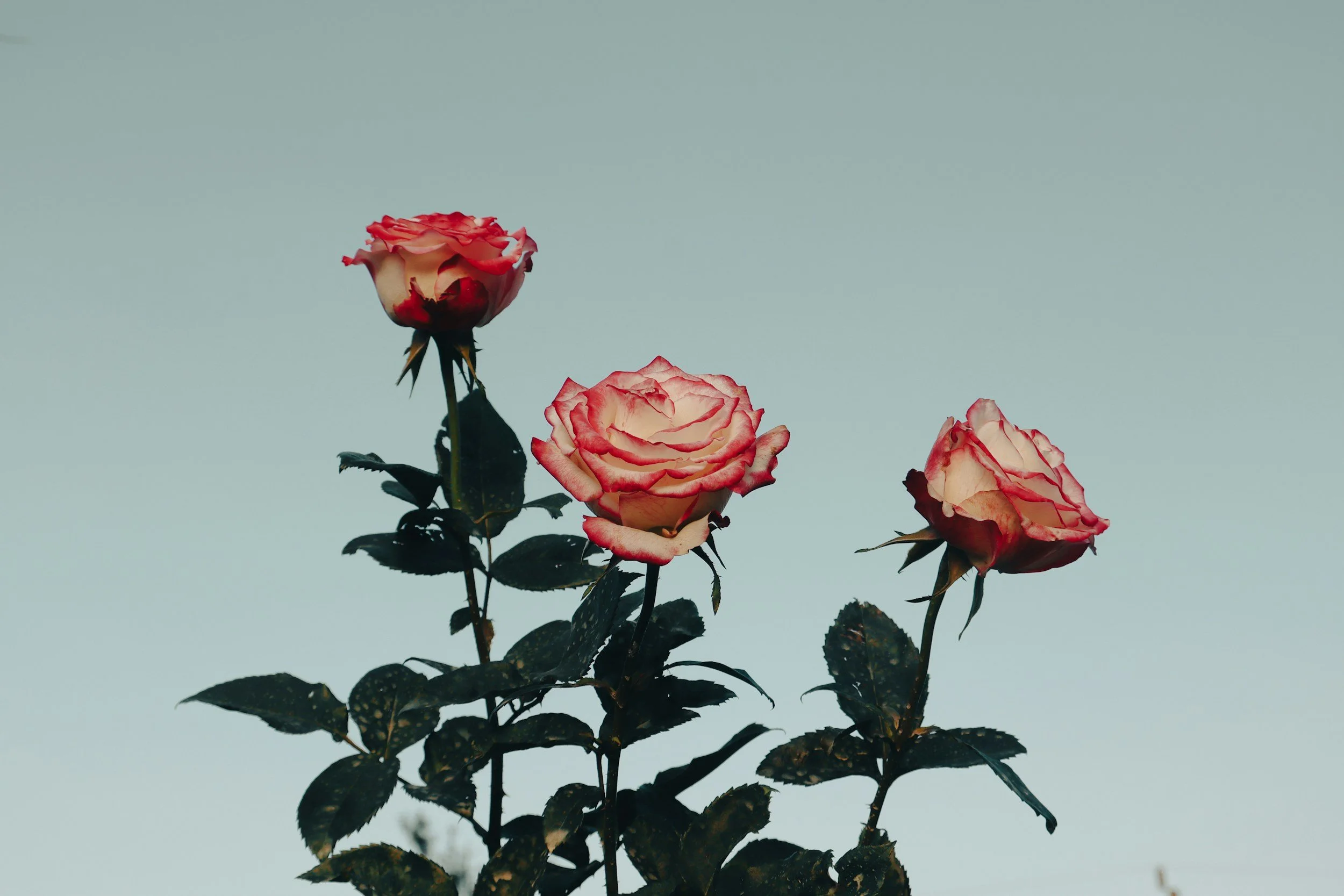Star Stuff
The story starts more than 4.6 billion years ago. Somewhere in the Local Group, the cluster of galaxies that the Milky Way lives in, a star died. It might not have been a massive star—maybe only five suns big. But it grew too big to support itself, and so it burned out. The outsides exploded, throwing dust and star matter into the universe—a supernova—and the core collapsed in on itself. The engine of its heart gave one last pump and ceased to exist. It left behind a dense neutron star, and a cloud of debris.
The story starts in a college dorm room, nestled against the mountains in my new home. I looked at my hands—unfamiliar, because I didn’t know the back of my hand like I knew the back of my hand—and really examined them for the first time in years. I wondered—have they always looked like this?
There were new rivers, fissures, fault lines, cracks. New terrain. My hands were tired old grasping star maps, starved from the desert air.
Where had they come from?
I’d never liked them. I’d always had skinny, bony hands. But the dry air had stolen what little appeal they had once had. Canvas pulled between bones and tendons, revealing my hands for what they were without the atmosphere-trapped rain of the Pacific Northwest. No longer capsules of rich, apple-scented air, lakes of smooth human skin, blackberry-stained stars, my hands had become stretched-thin claws.
I complained to my mom on the phone about my witch hands. She told me that nobody looks at hands. Nobody cared about hers, for all she knew. Why would they give mine a second glance? I knew she was probably right because I couldn’t even picture what her hands looked like.
The story starts in a hospital room in 1993 with a tired mom and an eager dad who was meeting his first daughter. He counted her fingers, and he counted her toes, and he even counted one dimple in her cheek. She was a bit plumper than his son, who had looked like an alien, all skin and bones. But his daughter, who would not be named Summer like he had wanted, had pleasant rolls and a rosebud mouth, and wisps of dark hair. And delicate butterfly hands that didn’t match the fat of her round, little body.
The story starts with those desert-dried cactus hands, and a silent wish that they would become beautiful and elegant, like women in jewelry ads. Hiding hands in sleeves, keeping them rolled up in the cuffs and the gloves, knowing there was no point, but wishing they were smoother, with prettier knuckles, knuckles that didn’t hinder rings from moving on and off fingers. Hands like the women in Victorian novels—tiny, plump, childlike.
I had forgotten that these were the hands that had made apple pie with my mom. I had explored my world and learned my body with these hands.
Hands are for pressing, loving, for slapping, for holding. But I hated the sight of mine.
The story starts when the supernova scatters the matter of the dead star, spreading it so that something new can be created. Star dust. Star stuff. It floats, the cloud of dust, until it too becomes disturbed by gravity. The cloud flattens, and pulls back in and in and in, a massive disk of sparkly rocks and bits and gas and leftovers. It spins and churns, faster and faster, drawing together to create a protostar.
The star dust finds home among the burgeoning planets, the collecting of massive pieces of rock, and ice, and gas around the ever-swirling center. The sun will end up in the middle of this, formed from the protostar, giving heat and light to the one planet placed at just the right distance for life to exist.
That perfect planet gathers and treasures the remnants of the dead star that blew up so long ago. It cradles them and takes the pieces. It loves the star dust. It breathes life and light and raspberries and mosquitos and fir trees and the Mariana Trench into the star dust. It brings up serial killers from the dust, and squid ink, and chameleon tongues, and orgasms, and mugs with chipped lips, and freshly sharpened colored pencils. It makes a world out of star dust.
The story starts when I look at a picture of my mother’s hands, holding one of her babies. I look closer. I get close enough that my nose almost touches the picture, leaving the smallest speck of oil. But it won’t. I’ve been taught well.
She has my hands. Or I have hers. The same bony knuckles, the same skinny hands with no meat to speak of. The exact same slightly wrinkly, too-thin, stretched-out skin. The same. We are the same.
I think of all she has done with her hands—my hands but older.
I glance at my hands. Maybe they are something special.
The story starts when I hold my mother’s hands for the last time. She is in a hospice bed, drugged and confused, but lucid enough to know I’m there—aware. She smiles a lazy smile from the morphine that holds her back from exuberance. It is Christmas.
I will watch her quietly listen to my stories and ideas as her hands sit, resting on her bed. I can see the same lines, the same moments of sadness, the same signs of hard work in her hands that are in mine.
I can see in me the same star dust that glows in her.
-Sarai Davila
Sarai Davila is a reader and writer from the Pacific Northwest. She is passionate about trees, rain, really good pie, and animals. Her short fiction can be found in Analogies and Allegories Literary Magazine.





















